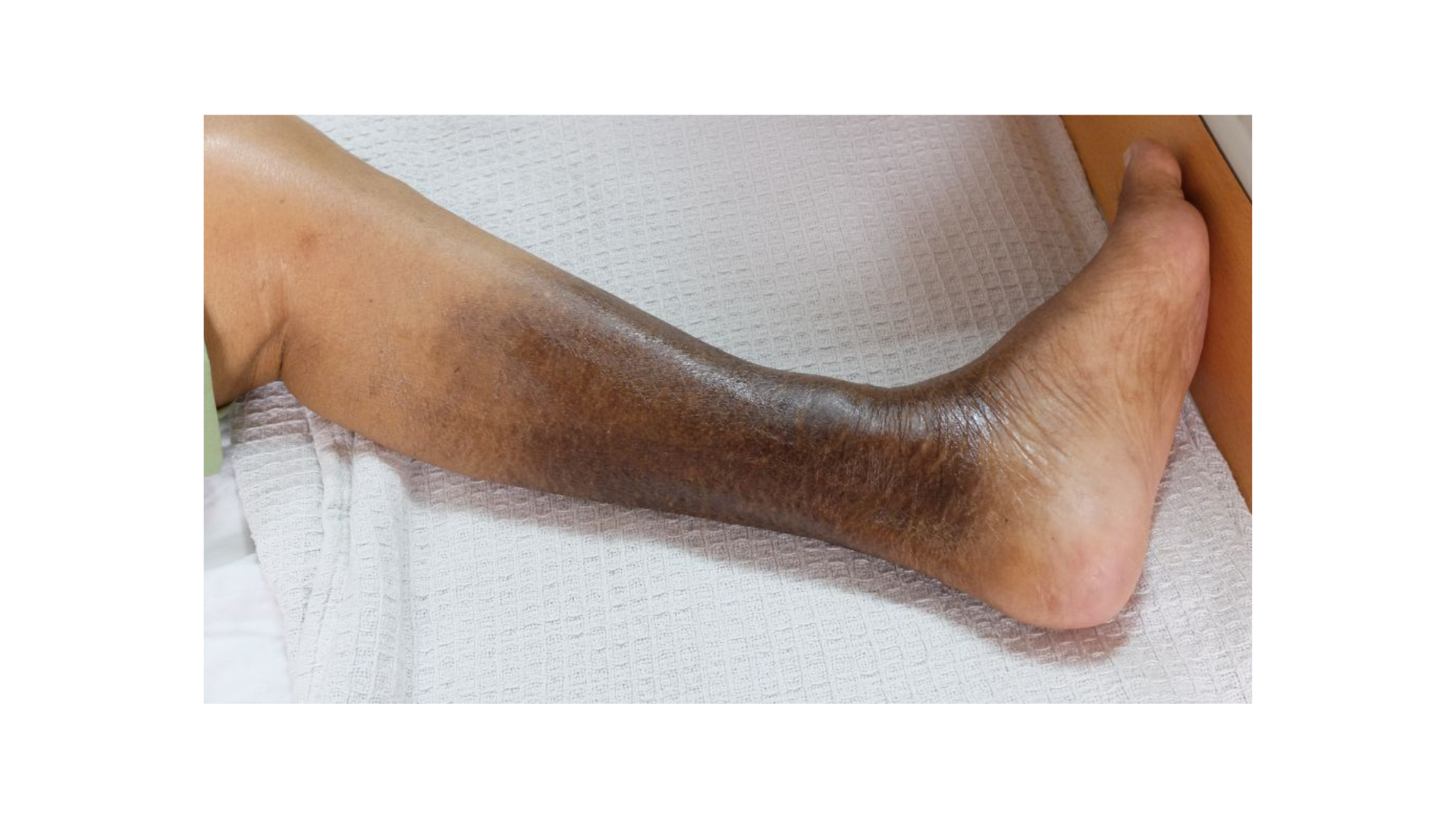Ostomy Care: Where to Start
July 26, 2023
Introduction
Nearly 1 out of 500 patients in the United States have an ostomy, with 150,000 new surgeries performed each year.1 Despite its prevalence, several myths still circulate regarding patients with ostomies. The United Ostomy Association of America (UOAA) has sought to debunk common myths, spreading awareness that ostomy procedures are not exclusive to the older adult population and that ostomy pouches are not easily visible through clothing and are often odor-proof.1
With this in mind, how can wound care professionals best familiarize themselves with the care of this growing, specialized patient population? Providers can start with tips to protect surrounding skin and ways to involve patients in their care.
Protecting the Skin Around the Site
It is essential to manage the skin surrounding the stoma to prevent complications. Even minor issues can be devastating.1 Pouch leakage, for example, can have several consequences for the patient depending on severity and frequency, including2:
- Patient shame and self-isolation
- Peristomal skin complications (PSC)
- Hospital readmissions
To ensure comfort the stoma should be measured before the pouching system is changed for the first 6 weeks.1,2 If leakage is suspected, the skin barrier should be changed.1,2 If the patient is sensitive to adhesives or if the skin is too dry or oily, a sealant/ barrier film may be used.1
Skin Barriers: Convexity
Depending on their activity level, patients may want to increase the wear time of their pouching system, as well as decrease leakage and subsequent risk of PSC.1-4 These goals can be achieved by using a skin barrier with high convexity.1-4 The curved shape of the back of the skin barrier or other ostomy product is referred to as convexity.4 To add convexity to a pouching system, the curved barrier pushes against the abdomen so that the stoma protrudes outward.4 This measure allows for the stoma to more easily deposit output into the pouch.2,4 Convexity can also help decrease risk of leakage if the topography of the patient’s abdomen has changed.2,4 However, providers should ensure that no greater than the appropriate amount of convexity is used to avoid peristomal pressure-related injury.4
Involving Patients in Care
Providers should be aware of patient preferences and ensure patients can do their own care. Evidence shows that ostomates educated to perform their care have best outcomes.3 Patients should be advised to empty pouches before they are half-full.1 Usually, the best time for this measure is the morning before consuming food or drink since the stoma is less active.1 Pouch wear time should be around 3-4 days. This time may vary due to stoma protrusion, amount of effluent, activity level, and abdominal topography.1,2 Patients should also have a bag of supplies when away from home that includes1:
- Paper towels/ wipes
- Plastic bag
- Adhesive remover wipes/ spray
- Skin barrier wipes/ spray
- Scissors if not pre-cut, measuring guide, marker
- New appliance (skin barrier, ring, and pouch)
- Change of clothes and underwear
A Note on Pediatrics
There are limited product options for the pediatric patient population, although available pouching systems are generally gentler.1 Avoid baby wipes and creams because these products won't allow the pouch to stick. Use clothing options that ensure the patient does not mess with the pouch.1 School-age children should be able to empty their own pouch.1 These patients will need a letter of medical necessity for unlimited bathroom access at school and other activities.1
Conclusion
Although ostomy management may seem overwhelming at first for both patient and provider, knowledge of best practices can ensure patients are not only able to live a healthy life but a fulfilling one. Resources are available for patients who find themselves struggling to adjust to life with an ostomy, such as educational tools and community-based resources. If located in the United States, the United Ostomy Associations of America is a good place to start.
References
- Testerman-Mitra E. So, Your Patient Has an Ostomy: Caring for the Stoma AND the Patient! Session presented at: SAWC Spring 2023; April 26-30: National Harbor, MD.
- Erbe J. One Size Does Not Fit All in Ostomy Care. Wound Management & Prevention. 2022. https://www.hmpgloballearningnetwork.com/site/wmp/upfront-ostomies/one-…
- Naseh L, Shahriari M, Hayrabedian A, Moeini M. Nurses’ viewpoints on factors affecting Ostomy care: A qualitative content analysis. Nursing Open. 2023;10(8):5261-5270. https://doi.org/10.1002/nop2.1764
- Cobb, T. 4 Common Convex Ostomy Skin Barrier Myths. Hollister. https://www.hollister.com/en/ostomycare/ostomylearningcenter/usingostom…
The views and opinions expressed in this blog are solely those of the author, and do not represent the views of WoundSource, HMP Global, its affiliates, or subsidiary companies.












Follow WoundSource
Tweets by WoundSource